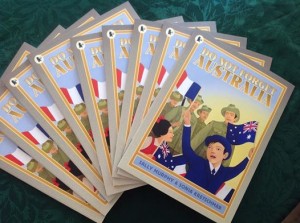I had an email from a teacher named Hillary who asked the following: Just purchased ‘Do Not Forget Australia‘ to read to my yr 2/3 class . I was hoping to pick your brains about the best way to help the children relate to the story. Their world view is not broad so I am searching for ways to help them identify with the story. Any ideas?
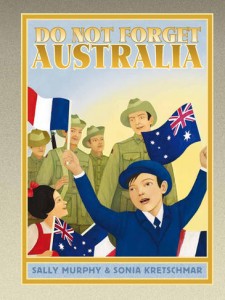 I sat down to reply to the email then decided that there was so much I could say, and with ANZAC Day approaching, I might instead answer it here on the blog. Do Not Forget Australia is historical fiction set in 1918 and explaining the events at Villers-Bretonneux on April 25, 1918 and the subsequent rebuilding of the local school with funds raised by Australian children. The book is suitable for reads from primary school age through to adult but, as Hillary points out, some children will need extra help to understand the story.
I sat down to reply to the email then decided that there was so much I could say, and with ANZAC Day approaching, I might instead answer it here on the blog. Do Not Forget Australia is historical fiction set in 1918 and explaining the events at Villers-Bretonneux on April 25, 1918 and the subsequent rebuilding of the local school with funds raised by Australian children. The book is suitable for reads from primary school age through to adult but, as Hillary points out, some children will need extra help to understand the story.
So, here are some ideas, all of which I’ve used.
- Before reading, explain to children that you are going to read a story about friendship, and get them to discuss what friends do for each other. Ask them if they any friends who they’ve never met. Most will say no, but with prompting, some might remember that their family sponsors a child through World Vision or similar, or they (or, more likely, a parent) might have a pen pal.
- Briefly explain the concept of war and the reasons we commemorate it (this can be done either before reading, or during closer study). My feeling is that it’s important that we don’t glorify war and avoid using terms like ‘winning’, ‘victory’ and ‘enemies’ – because the complexities of war are so very great.
- Use a world map to show where France is, and especially Villers-Bretonneux, and also where Australia is, especially Melbourne.
- Talk about what travel and communication were like in 1918: no aeroplane travel, meaning to travel to France was a lengthy sea journey, and it was unlikely two children like Billy and Henri would have met in real life. Also highlight things like: no internet, no telephone, no television. Mail was slow (again by ships) so families at home relied on letters that could be quite out of date, as well as newspaper reports.
- After reading, talk again about friendship. Try to highlight the friendship between Billy and Henri, who never meet, but are linked by Billy’s father, the soldier who Henri helps. Also highlight the friendship between the two countries: Australian soldiers fighting to try to save the village, and later the Australian children sending money for the school; and French villagers helping the soldiers with food and warmth, then putting up the signs in the school to honour the gift, as well as continuing to look after the graves of the Australians who died.
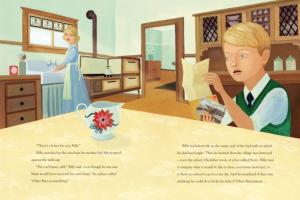
I hope these ideas help Hillary and any other teacher or librarian who wants to share Do Not Forget Australia in the lead up to ANZAC Day. There are also teacher’s notes for the book available here.
If you have any questions for me about teaching my books, or about writing and publishing, or about things that happen in my books, why not drop me a line?
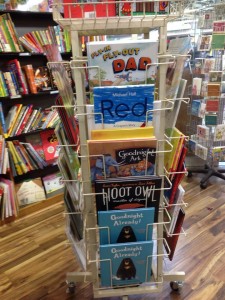

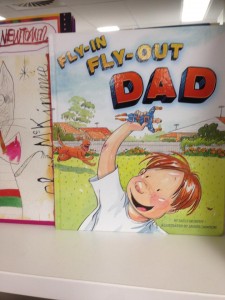
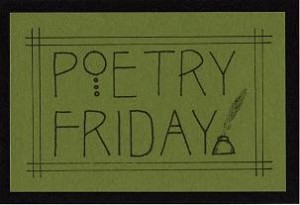
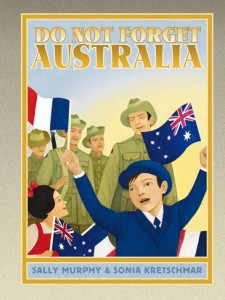
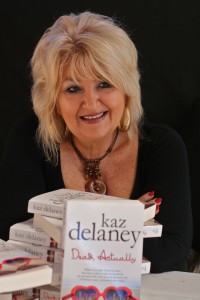 hough, I’d like to thank the delightful
hough, I’d like to thank the delightful 
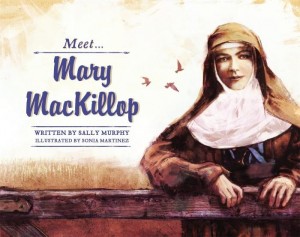
 wrote Do Not Forget Australia I got the idea from a photo I saw of the school at Villers Bretonneux. I did some research then let the idea brew for several months. When I finally wrote the first draft it came out in one sitting. However, I rewrote it and reworked it a heap of times before I submitted. The story has dual narratives – one boy in France and one in Australia. At one point I decided this was too complex, and took them out. When I submitted it to Walker Books they felt it was missing something and suggested I needed a parallel narrative – lol. So back in went Billy, my Aussie boy. Then there were other tweaks and edits and rewrites until the story was ready. About four years from idea to publication, but well worth the wait and I really believe that taking the time to get it right is important, even though along the way I get impatient and want it out in the world NOW.
wrote Do Not Forget Australia I got the idea from a photo I saw of the school at Villers Bretonneux. I did some research then let the idea brew for several months. When I finally wrote the first draft it came out in one sitting. However, I rewrote it and reworked it a heap of times before I submitted. The story has dual narratives – one boy in France and one in Australia. At one point I decided this was too complex, and took them out. When I submitted it to Walker Books they felt it was missing something and suggested I needed a parallel narrative – lol. So back in went Billy, my Aussie boy. Then there were other tweaks and edits and rewrites until the story was ready. About four years from idea to publication, but well worth the wait and I really believe that taking the time to get it right is important, even though along the way I get impatient and want it out in the world NOW.

 Secondly I’m tagging the beautiful Emily Lim. I was lucky enough to meet Emily last year, and hear her speak. She is amazing. She’s also the award-winning author of several children’s picture books. She is the 1st outside North America to win 3 medals in children’s books at the IPPY awards, the world’s largest book awards and 1st in Southeast Asia to win the Moonbeam Children’s Book Award. She also won the Honourable Mention Award at Writer’s Digest 20th Self Publishing Awards and was on the shortlist for two other awards. Emily’s books
Secondly I’m tagging the beautiful Emily Lim. I was lucky enough to meet Emily last year, and hear her speak. She is amazing. She’s also the award-winning author of several children’s picture books. She is the 1st outside North America to win 3 medals in children’s books at the IPPY awards, the world’s largest book awards and 1st in Southeast Asia to win the Moonbeam Children’s Book Award. She also won the Honourable Mention Award at Writer’s Digest 20th Self Publishing Awards and was on the shortlist for two other awards. Emily’s books 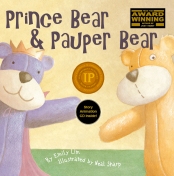 have been published in Singapore, Malaysia, China and Korea and also turned into animation, theatre and are also used in the schools. Emily was named Singapore Woman Award Honoree 2013 for inspiring readers through her children’s books and her memoir Finding My Voice, based on her journey of losing her voice to a disorder and finding it again through writing. You can read more about Emily’s books at
have been published in Singapore, Malaysia, China and Korea and also turned into animation, theatre and are also used in the schools. Emily was named Singapore Woman Award Honoree 2013 for inspiring readers through her children’s books and her memoir Finding My Voice, based on her journey of losing her voice to a disorder and finding it again through writing. You can read more about Emily’s books at  Lastly, I’m tagging Alison Reynolds.
Lastly, I’m tagging Alison Reynolds.